We all have an idea of what “fit” should look like. For some people, it means having a sleek Hollywood body, while others want to have massive muscles or a perfect hourglass figure.
But fitness isn’t defined by appearance! There are five components of physical fitness you need to consider:
1. Muscular Strength
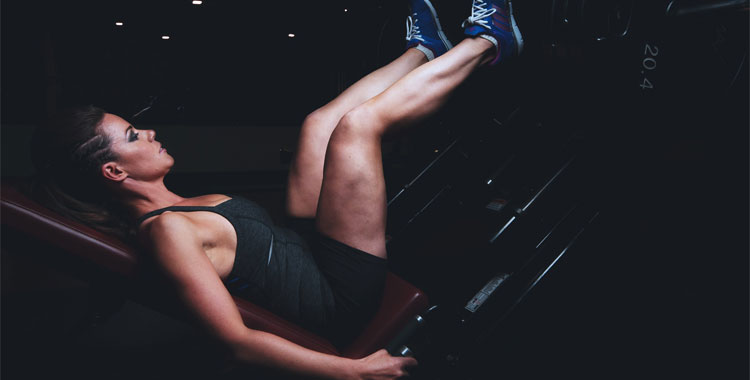
This is the “power” that helps you to lift and carry heavy objects. Without muscular strength, your body would be weak and unable to keep up with the demands placed upon it.
The way to increase strength is to train with heavy weights, working in the 4 – 6 or 12 – 15 rep ranges. The heavier the weight, the fewer reps you should perform!
2. Muscular Endurance
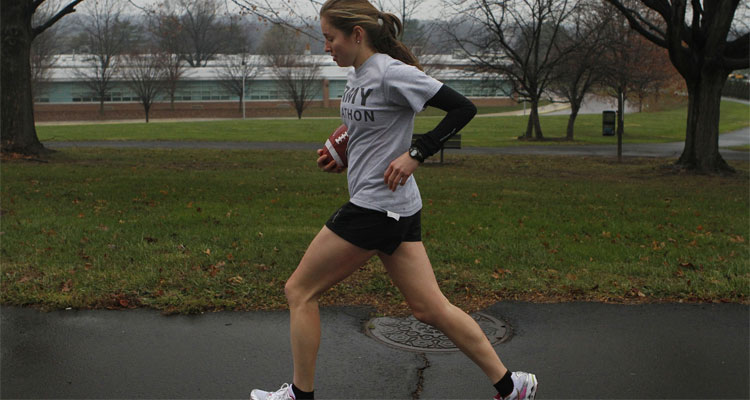
Endurance is the ability of your muscles to perform contractions for extended periods of time. Rather than just lifting or carrying something for a few seconds, the muscles are used for minutes.
The way to increase strength is to train with light weights, working in the 20 – 25 rep range. Working with lighter weight will train the muscle fibers needed for muscular endurance, and the higher rep range leads to a longer period of exercise.
3. Cardiovascular Endurance
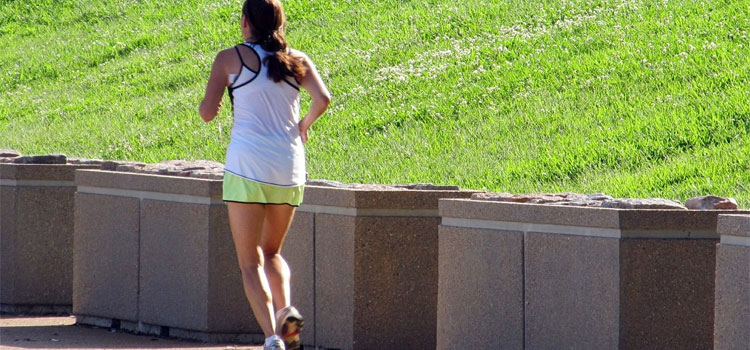
Cardiovascular endurance is your body’s ability to keep up with exercise like running, jogging, swimming, cycling, and anything that forces your cardiovascular system (lungs, heart, blood vessels) to work for extended periods of time. Together, the heart and lungs fuel your body with the oxygen needed by your muscles, ensuring that they have the oxygen needed for the work they are doing.
The Cooper Run (running as far as possible in 12 minutes) is a test commonly used to assess cardiovascular endurance, but many trainers use the Step Test (stepping onto a platform for 5 minutes). Both are accurate measures of a subject’s cardiovascular endurance.
4. Flexibility
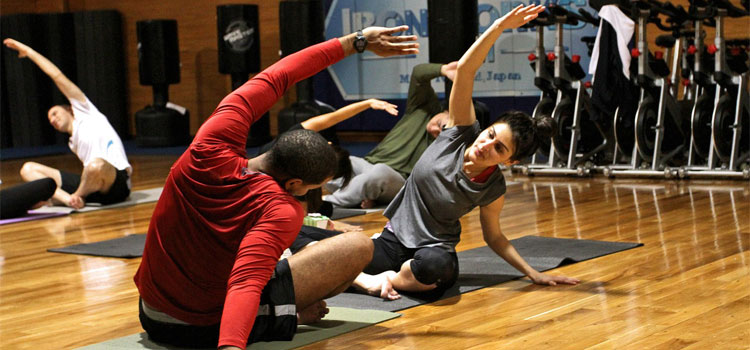
Flexibility is one of the most important, yet often overlooked, components of physical fitness. Without flexibility, the muscles and joints would grow stiff and movement would be limited. Flexibility training ensures that your body can move through its entire range of motion without pain or stiffness.
To test your flexibility, lean forward and try to touch your toes. Those with good flexibility will usually be able to touch their toes, while those with limited flexibility will not. The sit and reach test (sitting on the floor and reaching toward your toes) is another good way to assess your flexibility. The more flexible you are, the closer you will come to touching your toes and beyond.
5. Body Fat Composition

Body fat composition refers to the amount of fat on your body. For example, a 100-pound person with a 25% body fat composition will have a lean body mass of 75 pounds.
Are you Fit? Visit Fitday for the original article to find out more!

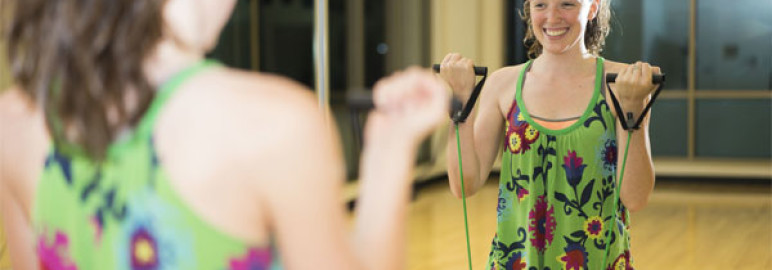

![Do’s And Dont’s Of Office Eating [VIDEO]](http://FitPhreak.com/wp-content/uploads/2016/03/2016-02-12_1114-223x145.jpg)
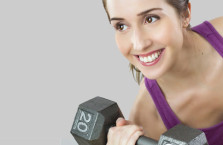
![All About Creatine [INFOGRAPHIC]](http://FitPhreak.com/wp-content/uploads/2015/03/creatine_cover_v2-223x145.jpg)
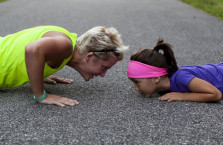


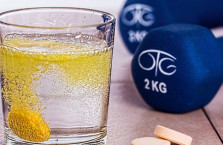


![Pick Your Perfect Pair of Shoes [VIDEO]](http://FitPhreak.com/wp-content/uploads/2015/01/sports-shoes-332129-223x145.jpg)
